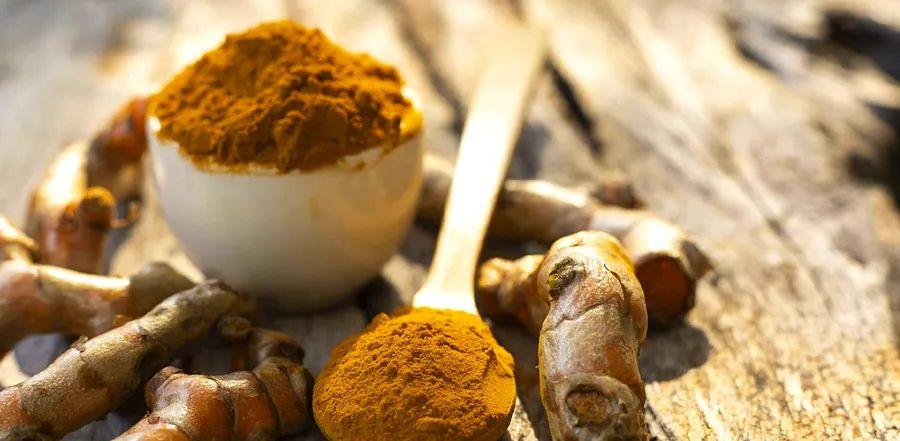What Is Turmeric? Your Ultimate Guide to Using This Ancient Spice in Modern Kitchens

Looking to spice up your scrambled eggs or roasted vegetables? Head to your local store and grab a bottle of turmeric powder—it just might transform your dishes with a flavorful, vibrant twist.
This golden-yellow spice has been an essential part of both culinary and medicinal traditions in India and Southeast Asia for centuries. If you’ve never worked with turmeric root, find out how to include it in your meals, its potential health perks, and tips on preparing and storing it.

What Is Turmeric?
Turmeric (scientifically known as Curcuma longa) is a rhizome, a fleshy underground stem from the ginger family. While it resembles ginger root, turmeric stands out with its vibrant orange-yellow interior, unlike ginger's dull yellow hue.
Turmeric hails from India and Southeast Asia, where it remains a staple in Indian cuisine. This versatile rhizome has served as a dye, flavoring agent, food coloring, and an essential component of traditional medicine for centuries. You can find turmeric sold whole, in powder form, or as part of spice blends like garam masala. Interestingly, it’s also a key ingredient in Worcestershire sauce, curry powder, relish, and pickles, enhancing their rich flavors.

Get the recipe: Cindy's Yellow Rice
What Does Turmeric Taste Like?
Turmeric has a unique flavor profile, blending notes of ginger and mustard. It offers a combination of peppery, earthy, bitter, and musky flavors, with a subtle hint of citrus to brighten the taste.
Fresh vs. Dried
Though turmeric is most commonly sold as a ground spice, fresh turmeric roots can also be found at specialty food markets. The root looks much like ginger, with its knobby skin, but its vibrant orange flesh sets it apart.
To use fresh turmeric, peel the skin and grate or slice it to create your own turmeric paste. Alternatively, you can dry the slices or grated root before grinding it into a powder to make the spice.
Fresh turmeric is milder than its powdered counterpart. To match the potency of one serving of turmeric powder, you’ll need to use three times the amount of fresh turmeric.

Get the recipe: Turmeric Mango Smoothie
Health Benefits of Turmeric
Turmeric has long been a key ingredient in both traditional Chinese and Indian Ayurvedic medicine. In Western medicine, it's celebrated for containing curcumin, a powerful compound thought to offer anti-inflammatory and antioxidant benefits.
Curcumin may help protect cells from free radicals and lower the risk of chronic inflammation in the body. While acute inflammation is a normal response, chronic inflammation can contribute to the onset of conditions like cancer, heart disease, diabetes, and others.
Due to its potential health benefits, turmeric extracts are available as dietary supplements on the market.
How to Cook with Turmeric
Turmeric has a strong, bitter flavor, but it pairs wonderfully with ingredients like coconut milk and butter that balance its sharpness. It works well as part of a marinade, dry rub, or in broths, such as our Instant Pot Bone Broth with Turmeric and Ginger.
Add a spoonful to milk, brew a calming Ginger Turmeric Herbal Tea, or mix up a refreshing Citrus, Turmeric, and Ginger Juice for a delightful twist.
Turmeric is essential in many Indian recipes, such as chicken tikka masala, chickpea curry, and countless others.
Due to its rich, vibrant color, turmeric can easily stain hands, clothing, and kitchen surfaces. To avoid stains, consider wearing gloves, an apron, or covering your countertops when handling turmeric.
How to Store Turmeric
Store ground turmeric in an airtight container in a cool, dark spot to maintain its potency for up to six months. Beyond that, its strength may begin to fade.
Like fresh ginger root, raw turmeric root can be stored in a brown paper bag or an airtight container in the refrigerator’s vegetable drawer for up to two weeks.
You can also freeze fresh turmeric roots for up to six months. Simply scrub off any dirt with a brush and store them in an airtight food-safe bag or container.

1

2

3

4

5
Evaluation :
5/5